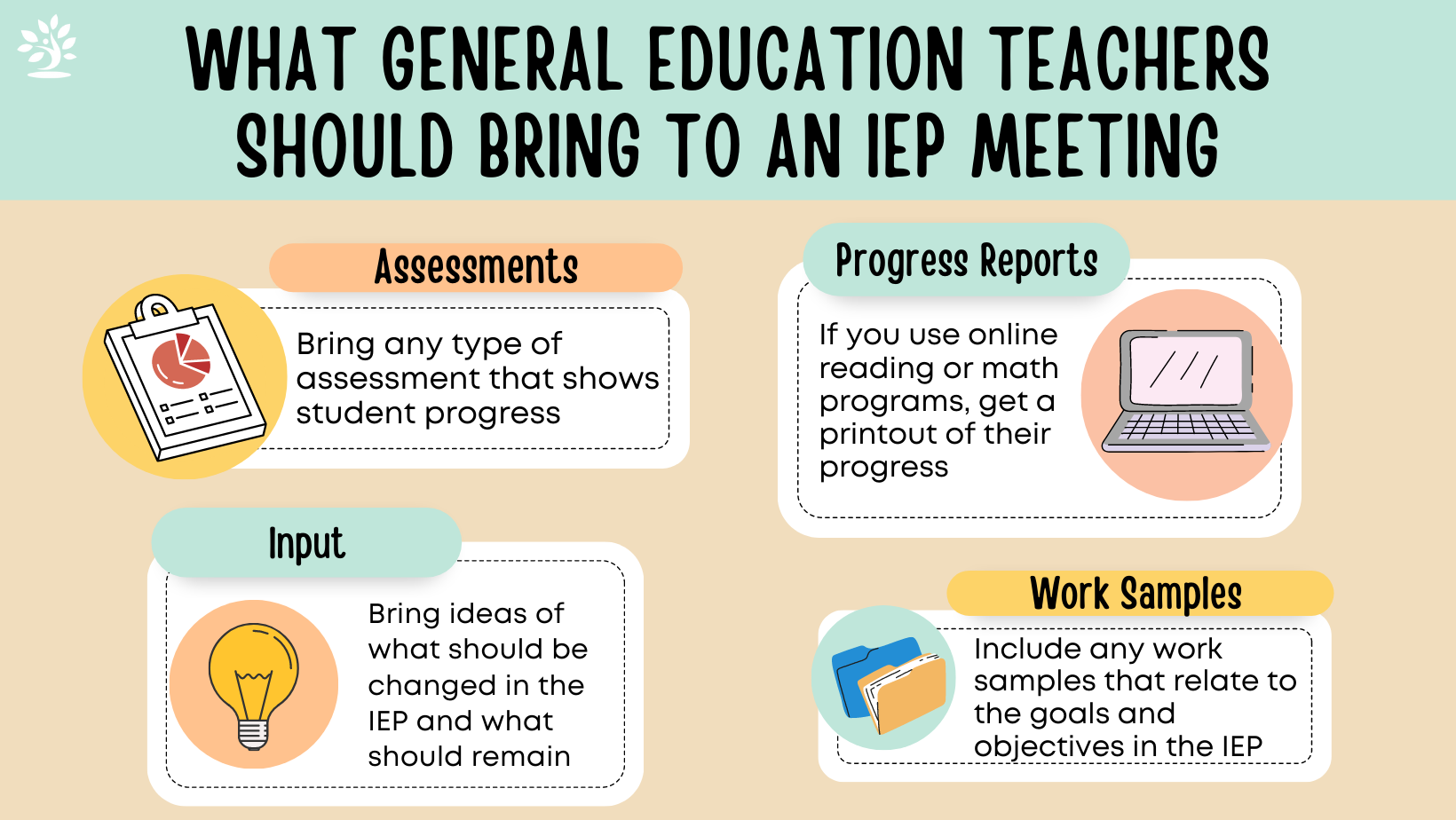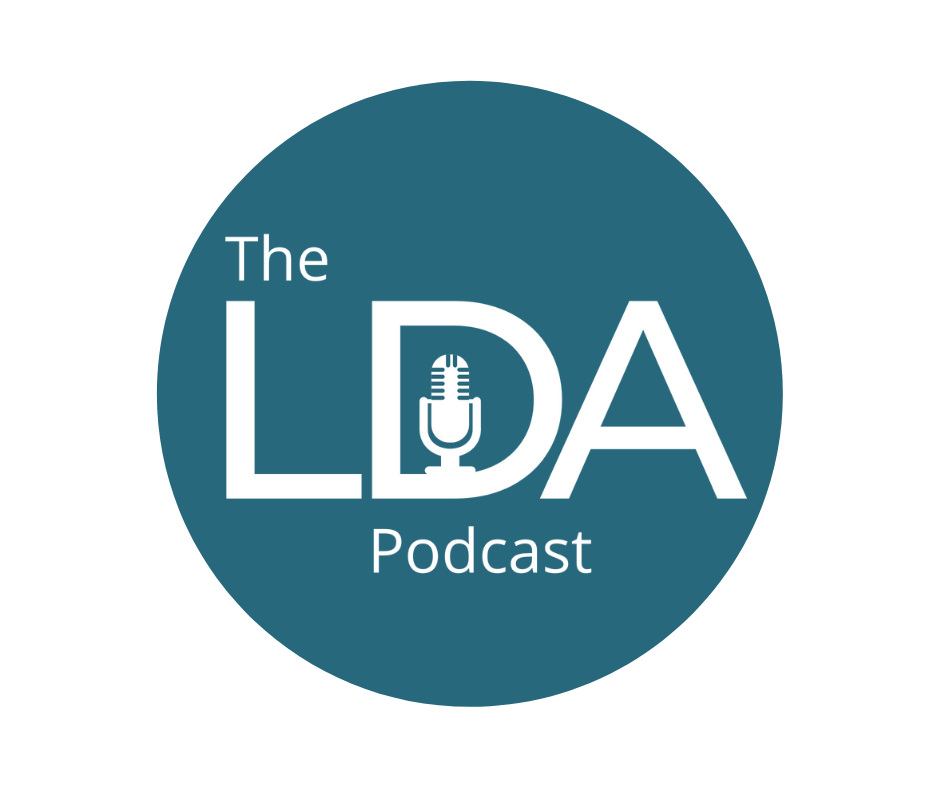With Gregg French, special education teacher at Bullard Havens Technical High School and president of LDA Connecticut
Preparing for an IEP Meeting
For a first time teacher, whether they’re special education teachers or general education teachers, an IEP meeting can be very stressful. There’s a lot of planning that goes into the before, during, and after. And this is where a lot of the legal guidelines come into play with developing the IEP with annual meetings, and the trainings that happen every three years for determining if a student continues to be eligible for receiving special education services.
One of the things I learned early on in my training to become a special education teacher is when you go into an IEP meeting, always use a checklist. And I had a great professor that really ingrained in me the importance of being organized when it came to these meetings, and she gave us a template of a checklist of every step of what to do for an IEP meeting. And I would tailor that checklist depending on what type of meeting it was. But it allowed me to go through and say, ‘Okay, before the meeting takes place, here’s what I need to go through and be prepared for.’ That checklist allowed me to go through and check off as I went through the meeting, then afterwards, it created my meeting minutes in the IEP, which I really just cut and pasted.
For special education teachers, I would say communicate with all stakeholders who are invited to the IEP meeting, and I say that because I’ve been in many IEP meetings where the team comes in with decisions already made, but not every stakeholder was involved in that decision making. Oftentimes, it’s to the parent, ‘Okay, the team discussed this, the team wants to do this, do we have your approval?’ And as a parent, that can be a very overwhelming encounter, and sometimes threatening because you weren’t prepared for what the team is delivering.
So when you’re developing an IEP, prior to an IEP meeting, or preparing for an IEP meeting, make sure that you have an agenda and a checklist to go through. Everyone can see that agenda before the meeting and be prepared for it, and have an open line of communication for all stakeholders invited.
General education teachers often ask what they should bring to the meeting, or how to prepare. I always say to bring any type of assessments that show student progress. Bring any online reading or math programs, or do a printout of the month of their progress using the IEP program, or include any work samples that relate to the goals and objectives in the IEP, like if they have a graphic organizer and they did really well using it. Get prepared with the reports that will be beneficial to speak to.

The Role of a General Education Teacher in an IEP meeting
The general education teacher is the main eyes in the classroom, they spend the most time with the students, they’re assessing their work and grading it, and they’re familiar with it. So that role is important, they have the most observations on the student, they can identify the strengths and the areas of difficulty.
When we look at the present level of performance, general education teachers can give a good report on what changes have occurred based on the previous IEP, and what should be changed.
And I always tell general education teachers that it’s okay to talk privately with a student with their IEP to ask the student what they think. Oftentimes the teachers are implementing the accommodations and modifications in their classroom and when it comes to the annual review I always ask if they think the student has any accommodations in IEP that you feel they haven’t used, or if they think there’s something that should be added.
And a lot of times the teachers are good about saying, ‘Well, I noticed the student is provided with preferential seating up close to the board. Recently, they’ve been sitting more in the center of the room, and they seem to be more on task. So I think that’s an accommodation that I think can be removed from the IEP.’ So, the general education teachers have a lot more to say about specific parts of the IEP than they even know they do.
And have a conversation with the students, and see what they think. Because you have a relationship with the student that is different from a special education teacher’s relationship. And it provides both you and the student time to reflect on the IEP, which I also think is very important.

Listen to the full interview with Gregg French, “An Educator’s Guide to Helping Students with LD, Part 2.” Available on Apple Podcasts, Spotify, and Google Podcasts



